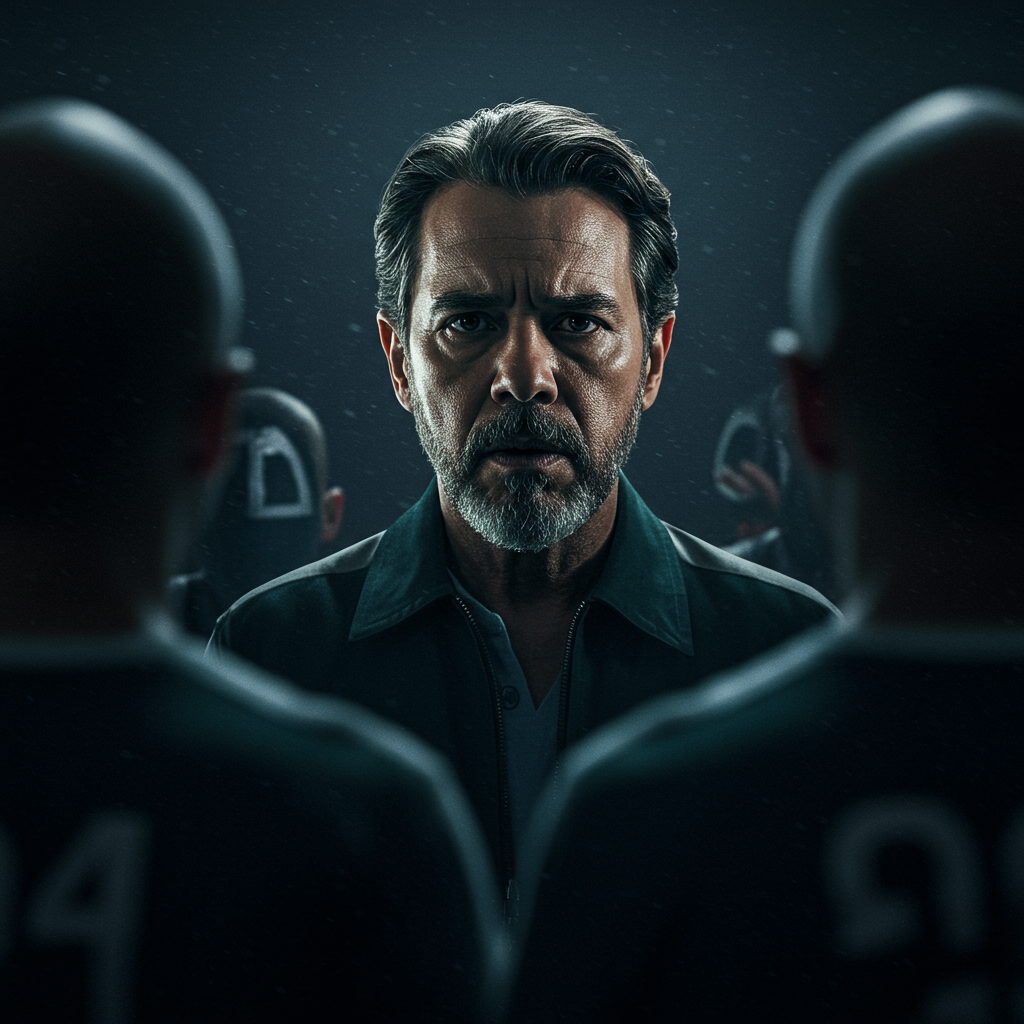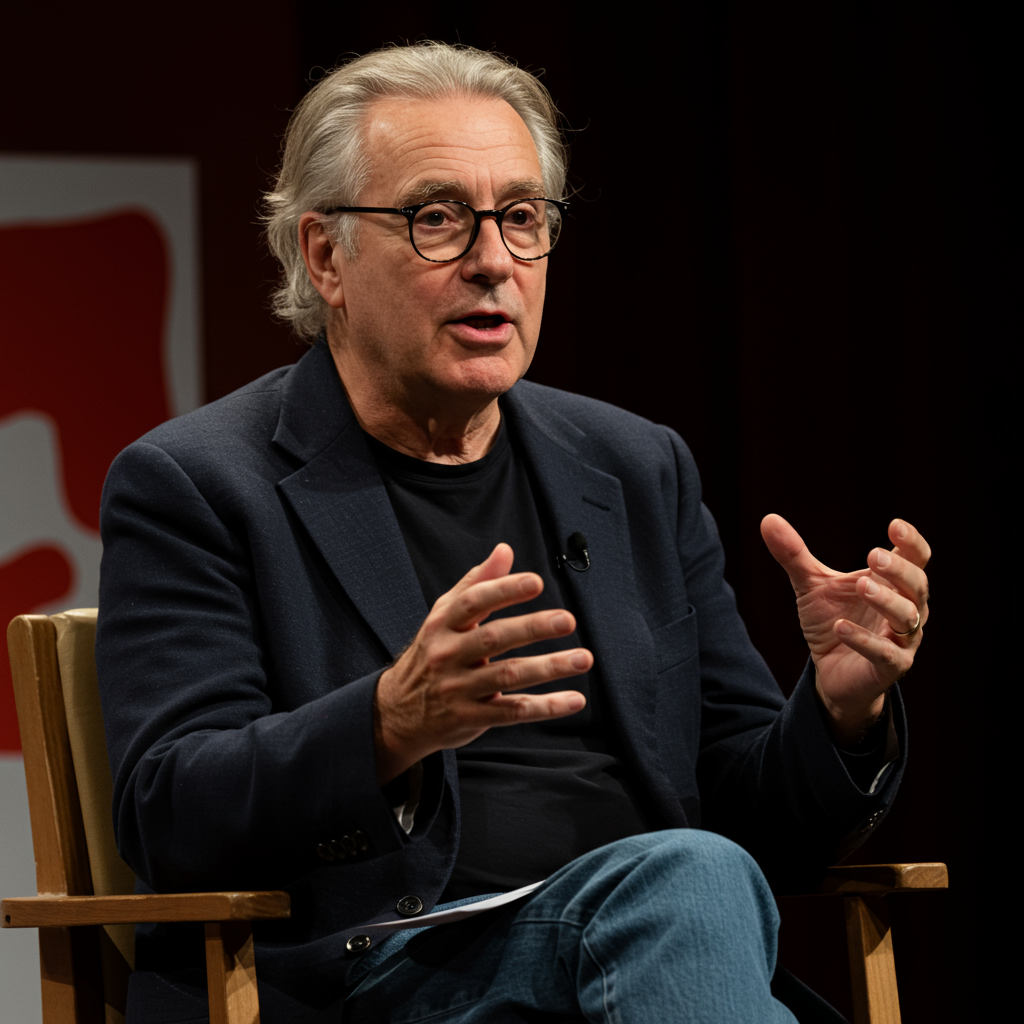Dive into the fascinating, behind-the-scenes secrets of Jurassic World: Rebirth, the thrilling new chapter in the iconic dinosaur saga. While the film delivers intense action and terrifying new creatures on a remote island, one of its most discussed elements is the dramatic fate of a key character, duncan Kincaid, played by the acclaimed Mahershala Ali. What many viewers don’t know is that the ending audiences saw wasn’t the one originally planned or even preferred by the film’s director, Gareth edwards, or its star. This inside look reveals the surprising journey of this crucial plot point, from early script drafts to the final cut shaped by unexpected input and audience reactions.
Unearthing the Premise of Jurassic World: Rebirth
Set five years after the events that concluded Jurassic World Dominion, Jurassic World: Rebirth introduces a fresh ensemble cast navigating a world where dinosaurs persist, largely confined to isolated equatorial zones. The story centers on a perilous mission to the previously uncharted Ile Saint-Hubert, a remote island harboring unique and dangerous dinosaur variants. A group led by the resourceful Zora (Scarlett Johansson) and joined by paleontologist Dr. Henry Loomis (Jonathan Bailey) is tasked with retrieving crucial dinosaur DNA samples for a pharmaceutical company, aiming to develop a revolutionary heart disease cure. Their plans quickly unravel when they encounter and rescue the Delgado family, stranded on the island after their boat is capsized by a formidable Mosasaurus, plunging everyone into a desperate fight for survival against creatures like the six-limbed Distortus rex (D-rex) and vicious mutadons.
The Initial Vision: A Heroic Sacrifice
In the earliest script drafts for Jurassic World: Rebirth, penned by franchise veteran David Koepp, the fate of Duncan Kincaid was clear: he was to die a heroic death. As a former mercenary with a haunted past, particularly regarding his own children, Duncan’s arc was initially designed to culminate in a selfless act of sacrifice. The scene, described as the film’s climax, involved Duncan using a flare to lure the terrifying Distortus rex away from the escaping survivors, specifically into the perilous water. His disappearance after the flare went out strongly implied his demise, providing a poignant, tragic conclusion to his character’s journey. Director Gareth Edwards, upon reading this initial draft, found this ending compelling and initially favored it.
Mahershala Ali’s Surprising Request
The development of Duncan’s character took an unexpected turn with the casting of the highly respected Mahershala Ali. When a major actor of Ali’s caliber joins a project, studios often hope their character will survive for potential future appearances. Gareth Edwards initially assumed that securing Ali meant Duncan would have to live. However, after reading the script, Ali had a principal note that counter-intuitively aligned with the original tragic vision. According to Edwards, Ali’s main request was, “Can we kill him?” Ali saw the dramatic potential and thematic resonance in Duncan paying the ultimate price, sacrificing himself to save others, potentially as a form of redemption for past regrets. Edwards agreed with Ali’s creative instinct, and together they advocated for the death ending, leading the script to be revised back to Duncan’s original demise.
Studio Mandate: Preparing for Survival
Despite the shared preference of the director and the actor for the character’s death, the realities of blockbuster filmmaking intervened. While filming was underway, Universal Pictures issued an instruction to Gareth Edwards: film additional coverage that would allow for the possibility of Duncan surviving. This wasn’t necessarily a creative preference at that moment, but a practical decision. With a tight production schedule and limited time planned for potential pickup shots or reshoots, the studio wanted a contingency plan. They wanted the flexibility to have Duncan survive “just in case,” ensuring they wouldn’t need costly future filming to bring him back if they later decided it was necessary or beneficial.
Aware that material filmed as a contingency often makes it into the final cut, Edwards decided to approach shooting the survival sequence with the same dedication as the death scene. He challenged himself to make a version of Duncan living that felt genuinely earned and dramatically impactful. As he filmed these alternative takes and sequences showing Duncan potentially surviving, Edwards admits he began to “fall in love with” this version, finding the actors’ performances compelling in these moments.
Test Screenings and the Final Decision
Once filming wrapped, Gareth Edwards assembled his director’s cut of Jurassic World: Rebirth. True to his initial preference and Mahershala Ali’s request, this cut featured Duncan Kincaid dying during the climatic D-rex encounter. However, the studio requested to see the alternative version where Duncan survived, which had been filmed as a safeguard.
When this survival version was edited together, it became clear it was the preferred cut by the studio. Furthermore, test screenings provided crucial feedback. Audiences reacted significantly more positively to the version where Duncan lived. Edwards reported that test audiences were “a lot happier” with the survival outcome. This strong audience preference, combined with the studio’s strategic desire for flexibility and the edited survival sequence proving dramatically effective, led to the final decision. The theatrical cut of Jurassic World: Rebirth features Duncan surviving the attack and being rescued. Edwards credits the studio for insisting on filming that alternative, noting that the audience’s positive reaction at the premiere validated the decision, even making him happy to have been “wrong” about his initial preference for the death ending.
Crafting Dramatic Tension and Homage
Gareth Edwards discussed the fascinating dramatic effect created by the final choice. Because the scenes leading up to Duncan’s apparent sacrifice were filmed and edited with all the traditional cinematic language of a character’s impending death – including emotional farewells and a seemingly fatal confrontation – the audience was primed to expect him to die. Therefore, his survival, signaled by the appearance of a second flare after the first goes out, became a genuinely surprising and impactful moment for viewers. This surprise element, Edwards notes, contributed significantly to the scene’s positive reception.
Edwards, known for his love of classic cinema, also wove numerous homages into Rebirth. He cited Steven Spielberg’s E.T. the Extra-Terrestrial as a parallel, noting that E.T.’s return to life resonated deeply with audiences, suggesting there’s an inherent audience desire for beloved characters to endure. He also consciously avoided a common trope in the Jurassic franchise: the “Rex Machina,” where a classic dinosaur like the T-rex unexpectedly arrives to save the protagonists. Edwards wanted the ending to feel different, contributing to the uniqueness of Rebirth.
Setting the Stage for What Comes Next
The survival of Duncan Kincaid, along with other key characters like Zora, Henry Loomis, and the Delgado family, leaves the door wide open for their return in future installments. Furthermore, the ending of Jurassic World: Rebirth provides a clear direction for potential sequels. Zora’s decision to release the collected dinosaur DNA data “open-source” to the world, while intended to benefit humanity through medical advancements, carries significant risk. The franchise’s history demonstrates that human interference with dinosaur genetics, often driven by greed or poor judgment, leads to chaotic and dangerous outcomes, including hybrid creatures and global proliferation.
Open-sourcing the DNA means anyone, anywhere, could potentially experiment with it, creating unforeseen and possibly monstrous new life forms. This sets up a compelling narrative for a new trilogy or series exploring the global consequences of this choice. While no sequels have been officially announced and contracts for the cast were initially just for this film, the survival of the core group and the DNA storyline provide fertile ground for the Jurassic World saga to evolve beyond Ile Saint-Hubert. The journey of Duncan’s ending highlights how creative vision, actor input, studio strategy, and audience response all converge to shape the final story audiences experience on screen.
Frequently Asked Questions
What was the original planned ending for Duncan Kincaid in Jurassic World Rebirth?
In the initial script drafts written by David Koepp, the character of Duncan Kincaid, portrayed by Mahershala Ali, was planned to die during the film’s climax. His intended death involved him sacrificing himself by using a flare to distract the dangerous Distortus rex, luring the creature away from the other survivors into the water. This act was designed as a heroic and potentially redemptive moment for his character, leading to his implied demise.
Who was involved in the decision-making process that changed Duncan’s ending?
The decision to change Duncan Kincaid’s ending involved multiple parties. Initially, director Gareth Edwards and actor Mahershala Ali both preferred the character’s death, even fighting for it after Ali specifically requested it. However, the studio (Universal Pictures) intervened during filming, requesting that the production shoot alternative coverage for Duncan surviving as a practical contingency. Ultimately, the final decision to keep him alive was made by the studio based on strong positive reactions from test screening audiences.
Why did the filmmakers ultimately choose the survival ending despite earlier plans for death?
The primary reasons for choosing the survival ending were practical necessity and audience reception. The studio mandated filming the survival version as a safeguard against potential future reshoots. Once this alternative was edited, both the studio and, more significantly, test audiences strongly preferred it. Director Gareth Edwards noted that test audiences were “a lot happier” with Duncan surviving. While initially favoring the death ending, Edwards found the survival sequence worked well and was pleased with how the surprising turn played for viewers.



